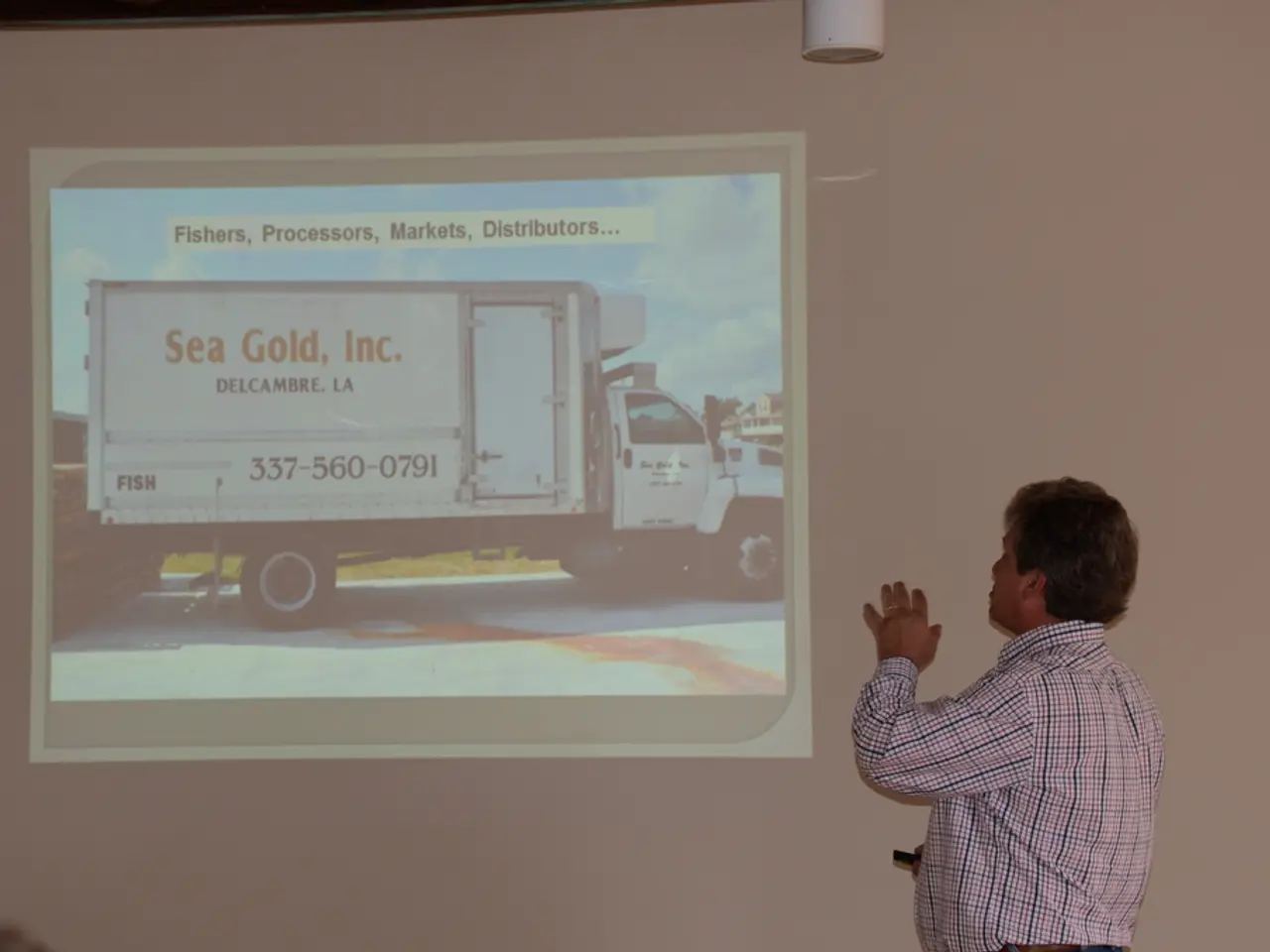Japan engages in discussions regarding American tariffs with Lutnick, aims for a meeting with Bessent.
In the ongoing trade negotiations between Japan and the United States, a potential 25% tariff on automobiles imported from Japan into the US remains a significant stumbling block, causing a deadlock despite months of dialogue[1][2]. The deadline for reaching an agreement is fast approaching, with both sides restating their positions but no breakthrough emerging[1].
The Trump administration has maintained its stance that the 25% duty on Japanese autos is "not up for discussion"[1][2]. A recent executive order reaffirmed that, starting August 1, most Japanese goods—including automobiles—will face a reciprocal tariff rate of 25%, unless a last-minute agreement is reached[3][4].
Japan, a key US ally in Asia, is under significant pressure to secure more favorable terms. Its auto industry, which accounts for about 8% of domestic jobs, has already been hit hard, with exports to the US dropping more than 11% year-on-year in June 2025[1].
Despite Tokyo’s efforts, there has been little movement in persuading Washington to lower tariffs. Japan remains committed to continuing discussions, but optimism for a deal before the deadline is fading[1][2]. Analysts suggest that a breakthrough might only materialize if the duties begin to harm the US economy in the fall, potentially forcing a compromise[2].
As things stand, Japan is almost certain to face the 25% tariff on automobiles (and most other goods) starting August 1, 2025, unless an unexpected agreement is reached in the final days before the deadline[1][3][4]. The US has communicated directly with Japan regarding these new reciprocal tariffs, making its position clear in official letters[3].
| Aspect | Status as of July 2025 | |-----------------------|-------------------------------------------------------------| | Tariff Rate | 25% (auto and most goods), effective August 1, 2025[3][4] | | Negotiations | Deadlocked; deadline August 1, 2025[1][2] | | US Position | Firm on maintaining 25% tariff; no indication of retreat[1][2] | | Japan’s Response | Continued talks, but little progress; urgent for auto sector[1][2] | | Economic Impact | Japanese auto exports to US down 11% YoY in June 2025[1] | | Future Outlook | Deal unlikely before deadline; stalemate may persist[1][2] |
The Japanese government is continuing its dialogue with Washington regarding the US tariffs[5][6]. Japanese Prime Minister Shigeru Ishiba will meet US Treasury Secretary Scott Bessent in Tokyo on Friday[7]. Top trade negotiator Ryosei Akazawa held talks with US Commerce Secretary Howard Lutnick regarding US tariffs on Thursday, July 17[8]. Akazawa will be in Osaka on Saturday to receive the US delegation led by Bessent, who is visiting Japan to attend the US national day at the World Expo 2025 in Osaka on Saturday[9].
Barring unforeseen developments, Japanese automakers should prepare for the new tariff regime to take effect in early August[1][2][3].
- The ongoing discussions between Japanese and American officials regarding US tariffs on imported automobiles have not led to a breakthrough, causing concern within the Japanese auto industry and the broader business community.
- The upcoming meeting between Japanese Prime Minister Shigeru Ishiba and US Treasury Secretary Scott Bessent is expected to revolve around the impending 25% tariff on Japanese automobiles, with various aspects of finance, politics, and general-news likely to be addressed.
- As pressure mounts on the Japanese government to secure more favorable terms, the finance industry will closely monitor the impact of the tariffs on both the US and Japanese economies, potentially influencing future trade negotiations and the overall state of the industry.




